Searching for Signs of Life on Mars
The European Space Agency's Rosalind Franklin rover will search for signs of life on Mars, using a NASA-built instrument called MOMA. Complete transcript available.
Watch this video on the NASA Goddard YouTube channel.
Music provided by Killer Tracks: "Fast Motion" by Stephen Daniel Lemaire, "Game Show Spheres 5-6" by Anselm Kreuzer, "Floating" by Ben Niblett & Jon Cotton
One of the biggest questions in planetary science is whether life ever arose on Mars, and NASA and the European Space Agency are sending a cutting-edge instrument to the red planet to find out. The Mars Organic Molecule Analyzer, or MOMA, is a sophisticated suite of technologies that squeezes a lab full of chemistry equipment into a package the size of a toaster. MOMA will travel to Mars aboard ESA's Rosalind Franklin rover (formerly ExoMars), where it will search for evidence of past or present life.
MOMA will not only search for organic molecules, which make up all life on Earth, it will also analyze their structure using its linear ion trap – the first use of this technology on Mars. Doing so will help scientists to determine whether the molecules could be of biological origin, a significant leap forward in the search for life beyond Earth.
MOMA's mass spectrometer subsystem and main electronics were built at NASA's Goddard Space Flight Center in Greenbelt, Maryland. The pulsed UV laser and high-temperature ovens were developed in Germany, and the gas chromatograph in France. The Rosalind Franklin rover is a component of ExoMars, the primary Mars exploration program of the European Space Agency.
Learn more at nasa.gov or download animations of MOMA.

A model of the MOMA mass spectrometer, with the Rosalind Franklin rover in the background.
For More Information
See NASA.gov
Credits
Please give credit for this item to:
NASA's Goddard Space Flight Center
-
Scientists
- William Brinckerhoff (NASA/GSFC)
- Veronica Pinnick (NASA/GSFC)
- Ricardo Arevalo (NASA/GSFC)
-
Producer
- Dan Gallagher (USRA)
-
Animator
- Krystofer Kim (USRA)
-
Narrator
- Joy Ng (USRA)
-
Writer
- Dan Gallagher (USRA)
-
Editor
- Dan Gallagher (USRA)
-
Science writer
- William Steigerwald (NASA/GSFC)
-
Videographers
- Rob Andreoli (Advocates in Manpower Management, Inc.)
- John Caldwell (Advocates in Manpower Management, Inc.)
-
Engineer
- Patrick Kimvilakani (NASA/GSFC)
-
Support
- Matthew R. Radcliff (USRA)
-
Technical support
- Aaron E. Lepsch (ADNET Systems, Inc.)
Release date
This page was originally published on Thursday, May 24, 2018.
This page was last updated on Wednesday, May 3, 2023 at 1:46 PM EDT.
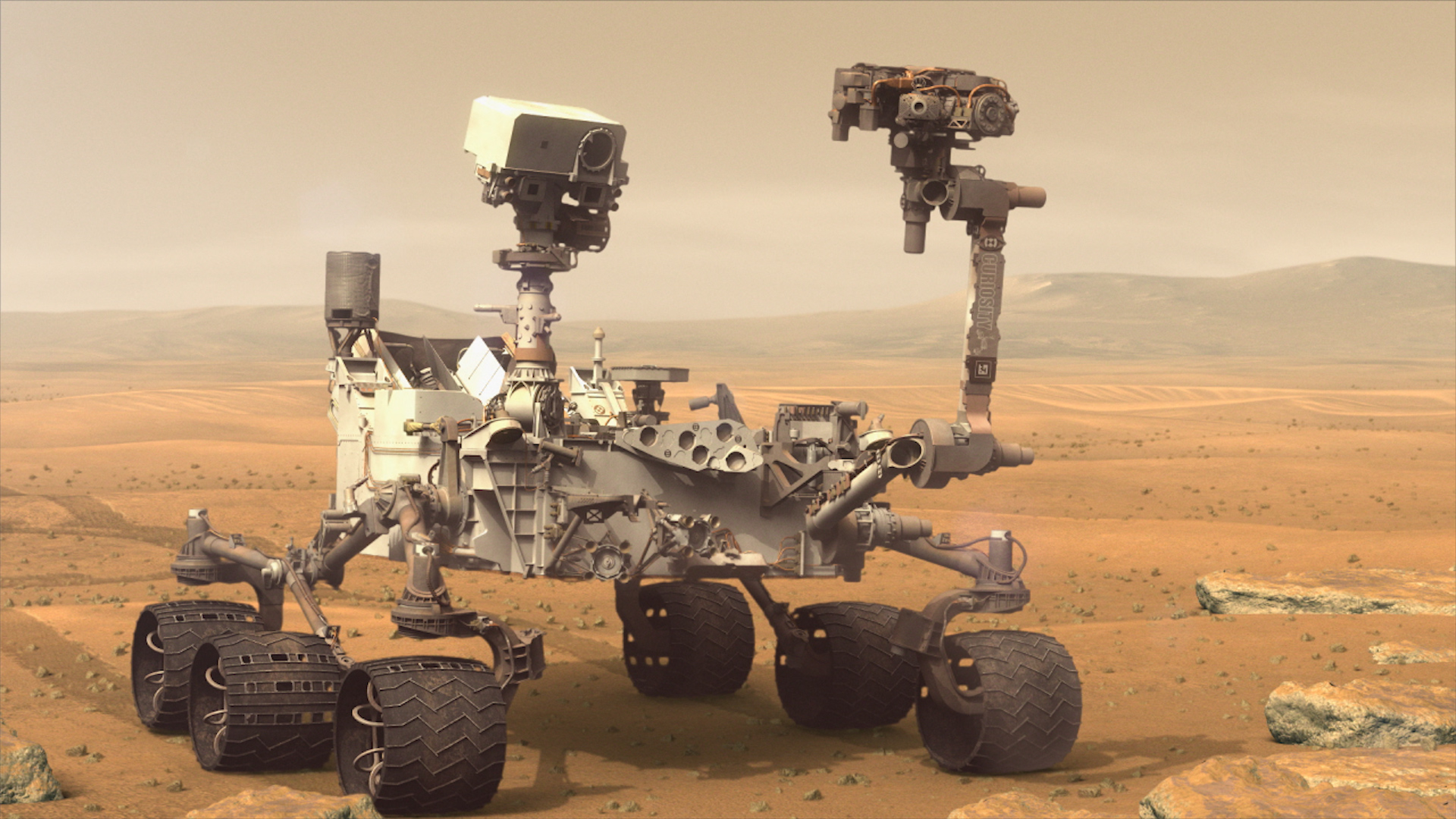
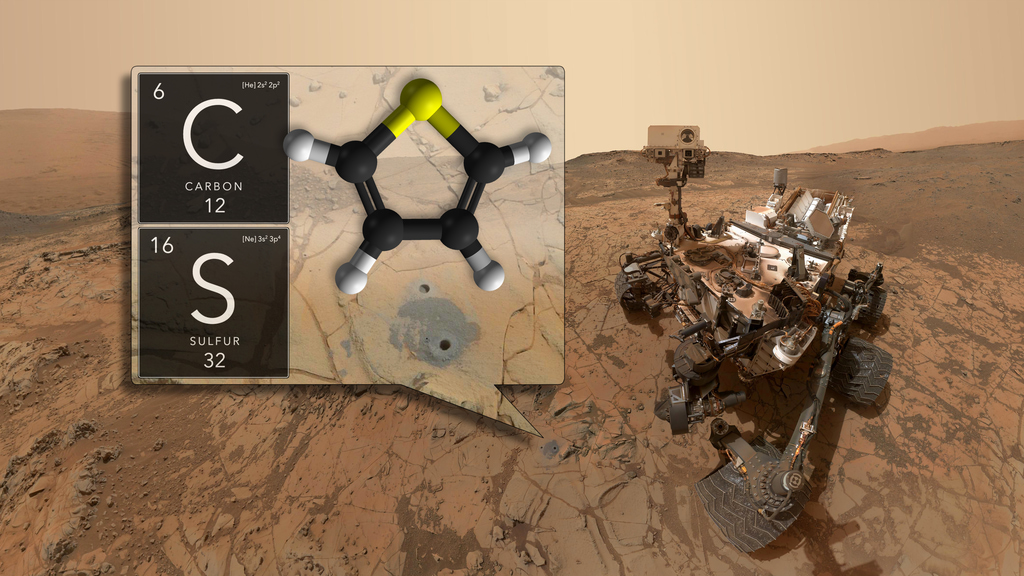
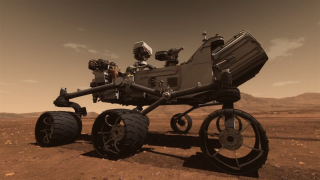
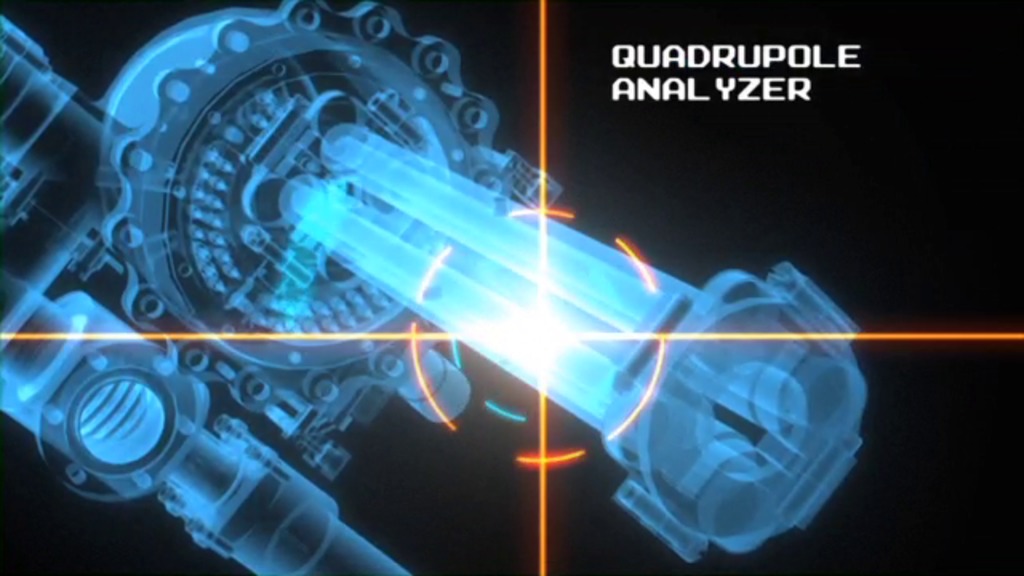

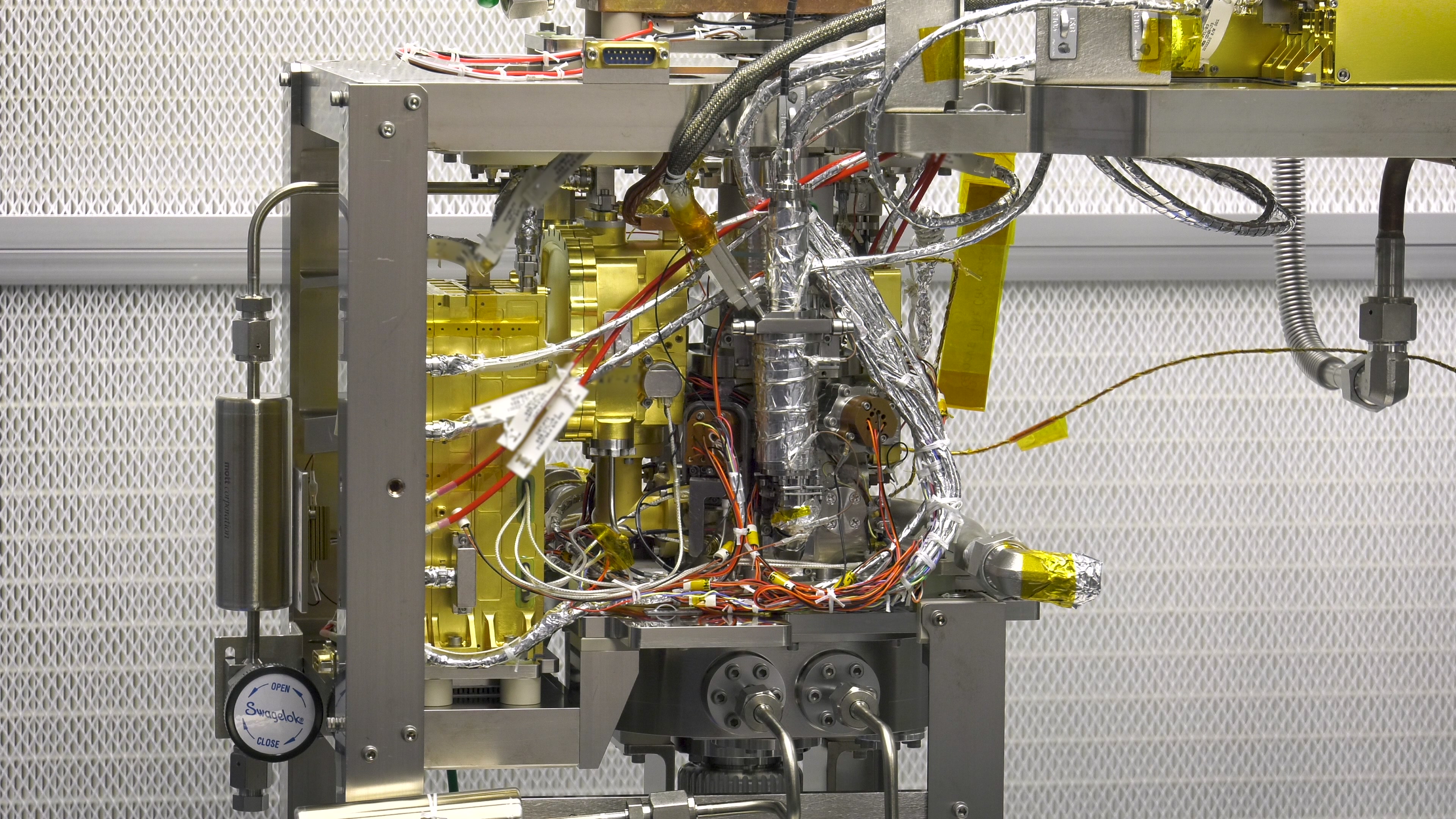
![Music Credits: “Swirling Blizzard” by Laurent Dury [SACEM], “Sparkle Shimmer” by William Henries [PRS] and Michael Holborn [PRS] from Universal Production Music
Additional footage from:
Science@NASA:
https://science.nasa.gov/science-news/news-articles/on-the-cusp-of-understanding
JPL:
https://www.youtube.com/watch?v=DMZ5WFRbSTc
Johns Hopkins University Applied Physics Lab:
https://messenger.jhuapl.edu/](/vis/a010000/a014100/a014123/MESSENGER_ULF_waves_YouTube.00030_print.jpg)